
Waking up to the melodious song of a bird at dawn can be such an uplifting feeling. After all, the pleasing sounds of a bird are extremely relaxing and soul-stirring at times even if you are in a sour mood. Humans have been fascinated with bird songs for a long time now and some songbirds continue to bewitch many of us even today with their lovely melodies.
Nature is teeming with plenty of birds having remarkably beautiful singing abilities. Not all birds have the gift to sing, however. Here, we look at some of the best singing birds from the world whose melodic sounds will certainly please your ears.
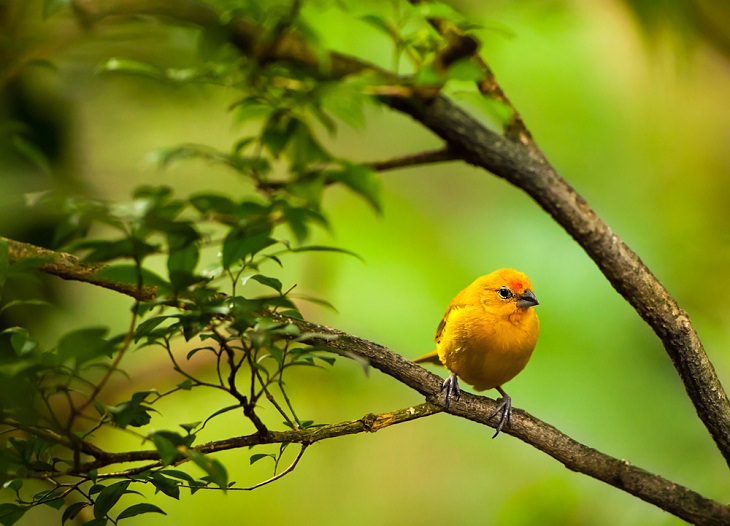
Canary (Serinus canaria domestica) songbirds are one of the most popular birds in the world and for good reason. These adorable little colorful passerines are native to the Canary Islands of Spain and that is where they have gotten their name from. Not many would know, perhaps, that canary birds have been used as pets since the 17th century because of their melodious tunes.
In fact, canaries can even learn the song notes they are taught and also develop a unique way of singing. They possess the ability to imitate a variety of songs and sounds that are in their environment and can even learn musical and instrumental notes. Barring the summer season, when they shed their feathers, these birds sing throughout the year.
Males are generally better singers than females as their songs have distinctive patterns and styles. There are several breeds of canaries that are known for their exceptional singing prowess, especially the roller and American canary singer breeds.
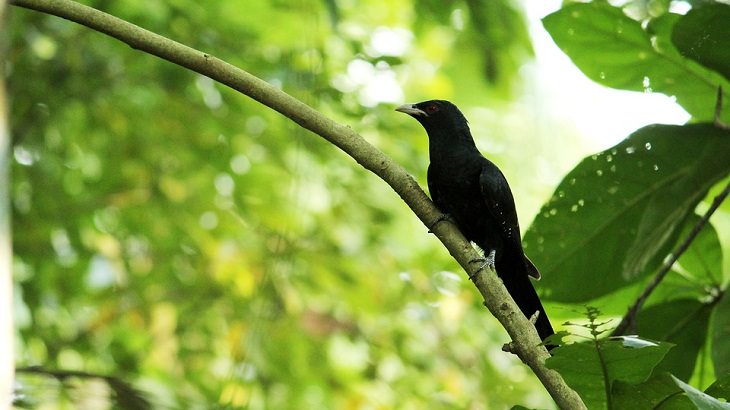
The Asian koel (Eudynamys scolopaceus) is a highly popular bird in India and has been the subject of much romanticization among authors and poets. They are members of the cuckoo family and are found in India, Bangladesh, Australia, the Solomon Islands, and Southeast Asia. Asian koels are usually quite secretive and mostly keep to the interior of dense trees in many habitats.
However, even if you can’t see them you are sure to be enchanted by the male koel’s rhythmic, loud, and firm “ko-el” sounds from deep within the trees even in cities. They repeat the call in specific intervals which are most common during the breeding season (from March to August). The females, who are not so often heard, have a rhythmic ‘kik-kik-kik‘ call.
Interestingly, males and females have separate calls and also look quite different from one another. While male koels have a glossy black feather with a lime-green bill, females have a blackish-brown coating with white dots on the wings. Male koels usually sing to attract females and they often indulge in competition with other males by making successively louder calls.
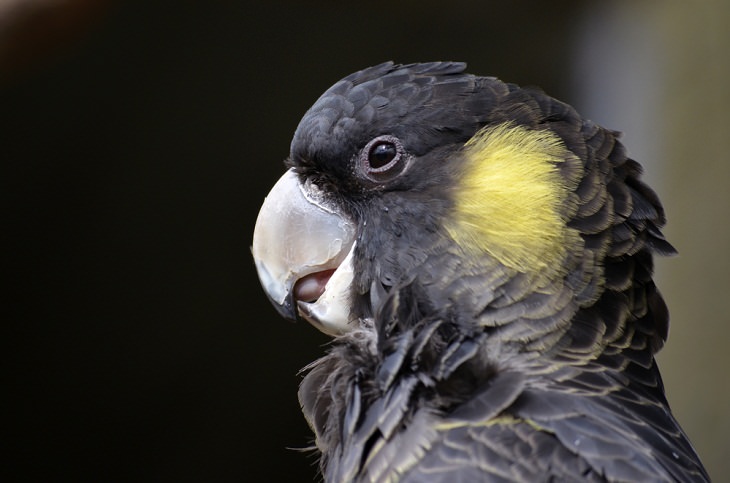
The Yellow-tailed Black Cockatoo (Calyptorhynchus funereus) is known for its loud, peculiar, and mournful wailing sound that can travel long distances. This large cockatoo has an impressive black plumage with most body feathers edged with yellow. They are quite common in South-Eastern Australia and people living in the region are now familiar with their drawn-out and characteristic “kee-ow…kee-ow…kee-ow” sounds.
Yellow-tailed black cockatoos are social birds and are also frequently found around human habitations. They usually travel in groups of three or four and their high-pitched calls help them stay connected with each other when they fly. While searching for food, these birds make soft calls but they may screech if they feel alarmed.

The common Nightingale (Luscinia megarhynchos) is perhaps one of the most quoted birds in literature as it has mesmerized numerous authors and poets with its tuneful songs. Their powerful melodic crooning has become their primary trait. Common nightingales are found in Asia, Europe, Africa, and the Mediterranean and they normally sing during the breeding season. These small passerine birds are also known to sing throughout the night in the hope of serenading a mate.
Their pleasant sound has been described as the most delightful melody of nature as it features rich notes and different sequences. In fact, the nightingale can produce over 1000 different sounds. This is because the part of the brain that is in charge of creating sound is quite big in these birds. The notes, whistles, and tones it uses in its calls can be quite captivating to listen to and have been mentioned in various poems, books, and operas.
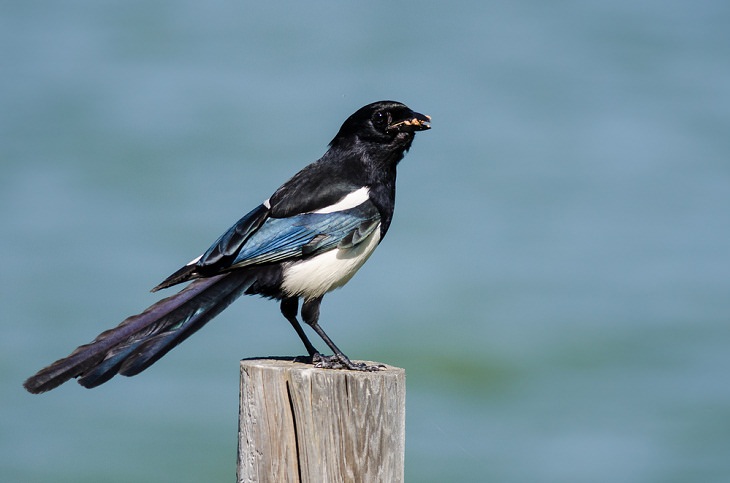
A small vocal bird that is found all over the world, the Black-billed Magpie (Pica hudsonia) is a member of the “crow” family. They are very vocal birds and are native to the western half of North America. These magpies make a loud chattering and their two chief vocalizations are a harsh, rising call along with a croaky chatter. The notes of the black-billed magpie sound something like “wock-woch, pjur, queg-queg-queg, and weer-weer”.
Since they are mostly found in flocks, the birds tend to make continuous raucous calls. Another interesting part of this magpie is that they can mimic the sounds of other birds. Black-billed magpies have black and white-colored bodes and blue-green markings in the wings. They live in tree-covered areas and mate with the same partner throughout their lives.
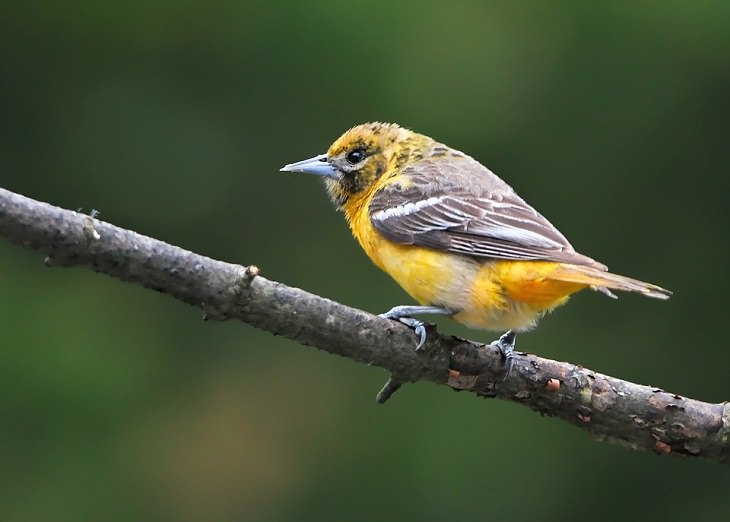
The Baltimore Oriole (Icterus galbula) has a unique song that makes it stand out among other singing birds. Found in eastern North America, the Baltimore Oriole’s sound has a soothing, fluid, and whistling tone. Their songs generally have 6 syllables and a short series of paired notes that are repeated 2-7 times, lasting 1-2 seconds.
Their flute-like tones have a rich note and can often vary from one individual to the other. The male Baltimore Oriole sings to defend or establish its territory while the females sing to communicate with her mate. If you are lucky, you can get to witness mated pairs of Baltimore Orioles singing in a duet - a truly mesmerizing spectacle.
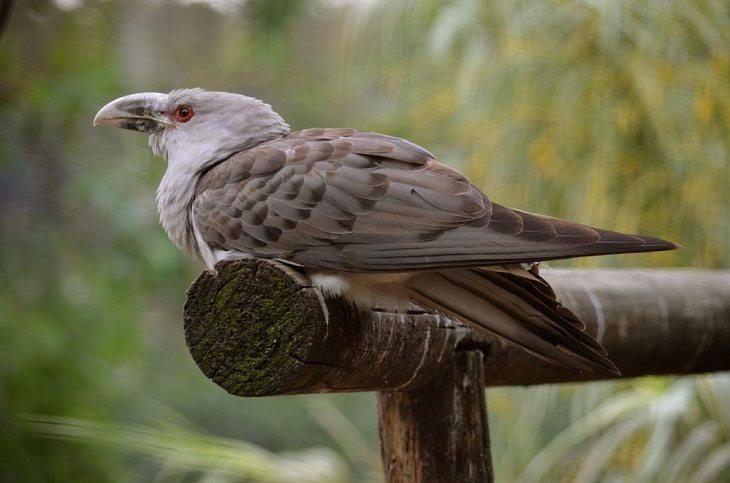
The Channel-billed Cuckoo (Scythrops novaehollandiae) stands out because of its massive size and enormous pale beak. It is the largest parasitic bird in the world and is found in Eastern Australia, Indonesia, and New Guinea. It has a stifled, gargling call that can travel over long distances. These birds make a loud 'kawk' sound followed by a swifter and softer 'awk-awk-awk’ note that is mostly heard at night.
Interestingly, when there are two Channel-billed cuckoos in the same area, each one makes loud calls in different tones. Also known as the Storm-bird or Stormbird, Channel-billed cuckoos tend to call all night long during the breeding season. One of the other unique features of these birds is that they lay their eggs in the nests of other species. These magnificent cuckoos are one of the biggest non-water birds and can reach lengths of about 60 cm (1.9 ft).
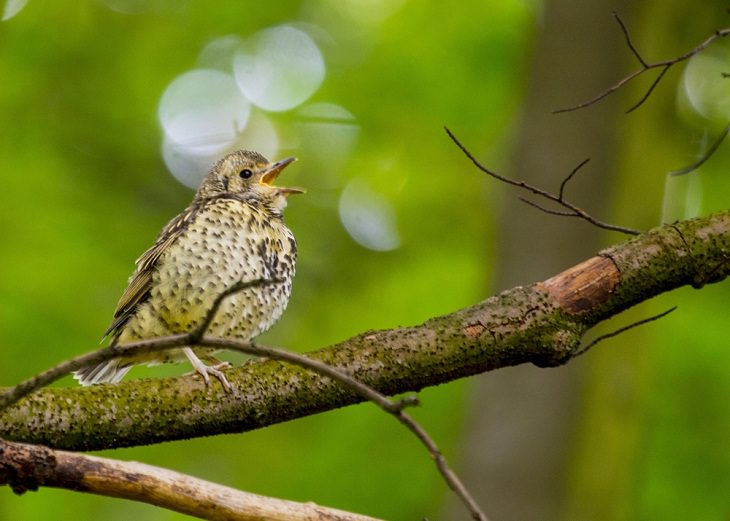
The song thrush (Turdus philomelos) is one of the most active singing birds of the world and is found in Africa, Asia, and Europe. It got its name because of its gift of singing. Song thrushes gather in groups and mostly sing from the top branches of trees together. One of the curious features of their singing is that they often repeat some phrases three or four times and also use three to four types of pitches. Their voice is sweet and distinctive and can even be heard in urban areas.
Song thrushes can be found in forest habitats, parks, gardens, and agricultural lands. They are very small in size and quite light, weighing only 100 grams (0.22 pounds). Despite their short size, these birds travel long distances between seasons.
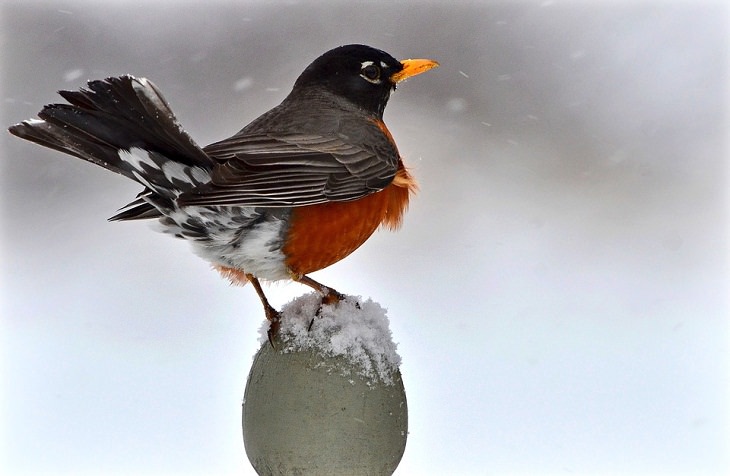
Robins (Turdus migratorius) are one of the most common birds in all North America and their musical song is often associated with the sound of spring in the country. This migratory songbird is known to produce some of the most dulcet tunes in nature. The American robin has a string of 10 or so clear whistles and also repeats some phrases three or four times.
They have several different calls, with the “Tut” call, the “Peak” call, the “Whinny” call, the “Squee” call, and the robin song being the most well-known ones. The notes of the robin are delivered at a steady rhythm most of the times but their songs are clearer and more rapid at dawn.
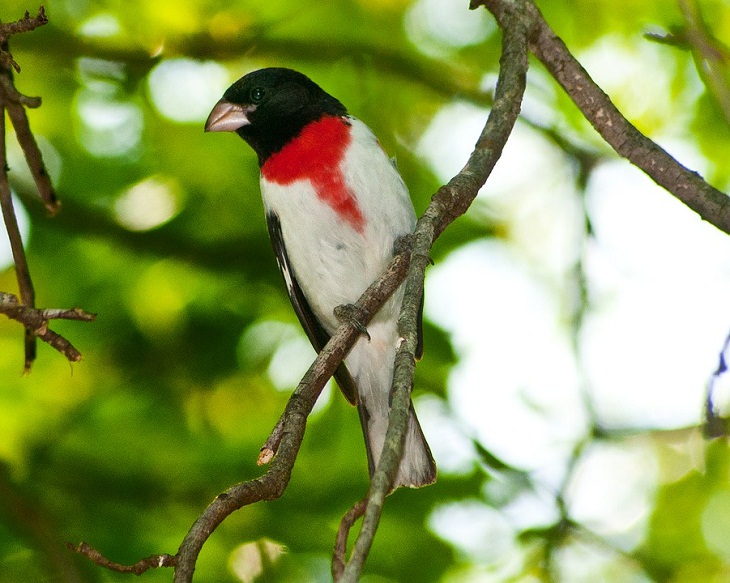
This beautiful songbird is native to the Northeastern United States and Canada and can be easily recognized by the black and white colors of their body and the dark red color triangle on the neck. The rose-breasted grosbeak (Pheucticus ludovicianus) is found in leafy woodlands and mostly stays out of sight as it stays on the treetops.
You are bound to be hooked by their mellifluous singing even without catching a glimpse of them. Both the male and female grosbeaks sing vivid, sweetly whistled songs in different pitches. The male bird sings from the top branches of the tree while the female generally sings during incubation, nest-building, and brooding.
A single song of the rose-breasted grosbeak can last 6 seconds and include 20 notes or syllables. While American robins are more popular, many people find the voice of the rose-breasted grosbeak to be more euphonious, especially because of its rich whistled phrases.